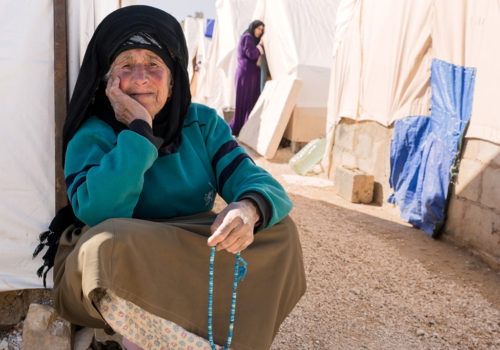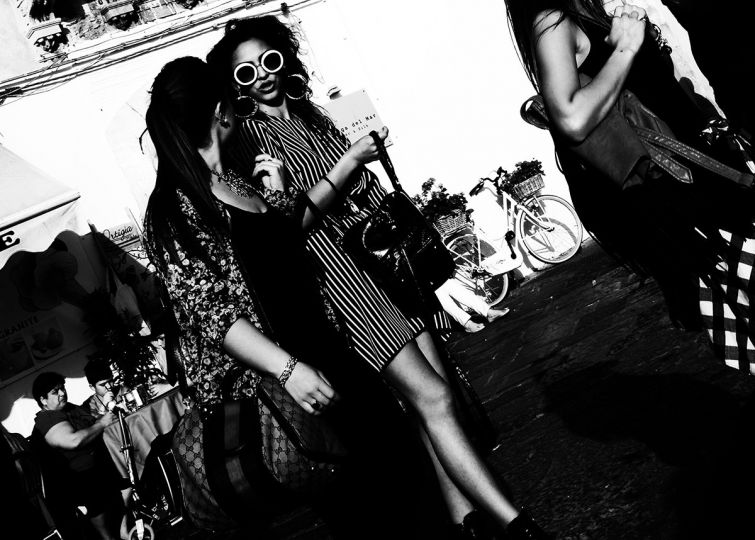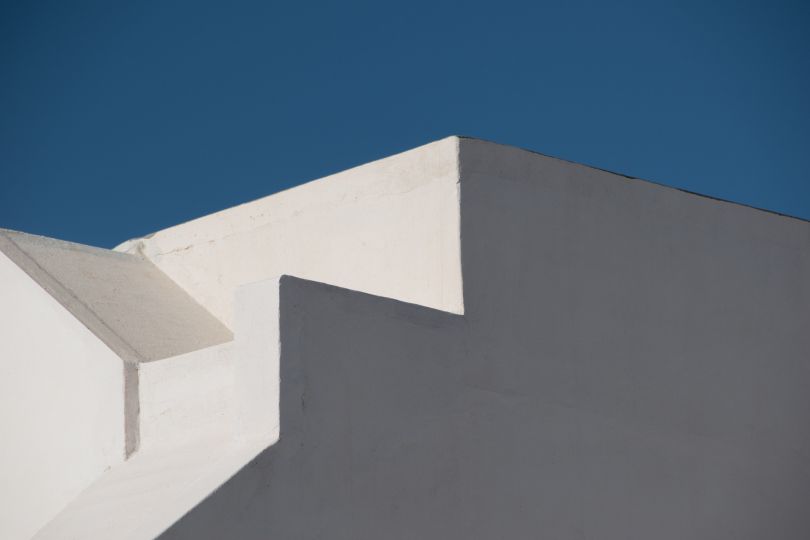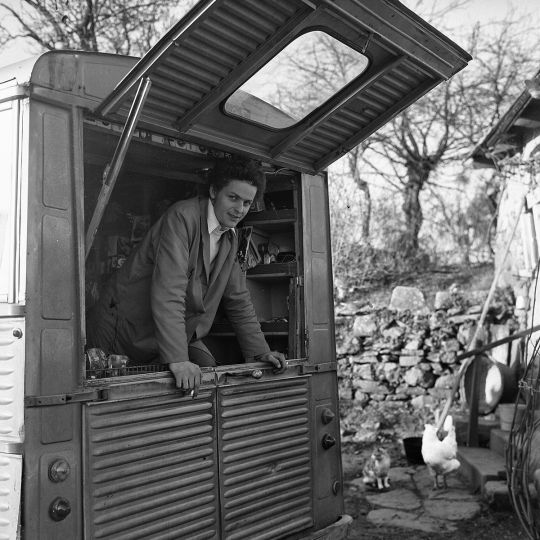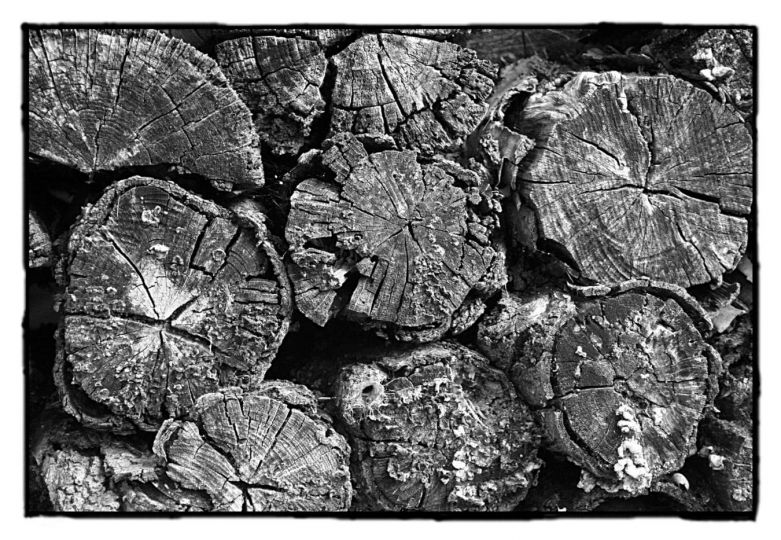The Syrian revolution has now almost inconceivably entered its 5th year. On March 15th, calendars quietly flipped back to the date which marked the beginning of the 2011 uprising that no one predicted would go on to black out the coming years as a full-blown war. Today Syria, the heart of the historical ‘Bilad al-Sham’, stands for a humanitarian crisis of historic proportions with some 200,000 killed and 9 million forced to leave their homes.
While those who have fallen in battle remain within the soil of their homeland, the living have often had no choice but to safeguard their lives in other lands. A majority of these Syrians crossed the borders into neighboring Jordan, Turkey and Lebanon where the predicament awaiting them was a difficult initiation into the stigmas of refugeehood.
Lebanon, with its open-border policy (until January 2015) and situated just a stone’s throw away from major embattled areas of Syria, has received the largest influx of Syrians. The small country now has more than 1.1 million refugees – one in every four people living in Lebanon. Their re-settlement is complex, undignified and wrought with challenges specific to Lebanon’s internal politics. In the absence of a coordinated government response, Syrians find themselves left to their own survival methods and a UNHCR plan that still fails to meet basic needs.
The vulnerability of the Syrian population in Lebanon is a well-known matter, yet donor and media fatigue with the ongoing conflict is slowly dimming global concern and awareness. The local and international community are increasingly at a standstill, in will and ability, to effectively address refugee logistics in Lebanon.
This photographic encounter with Syrian women in Lebanon living in camps and collective shelters looks at their changes, struggles and resilience as they stand their ground during displacement. What are the identities and aspirations of womanhood during this liminal phase, when immediate war is no longer at the doorstep, yet one is not yet safely in the post-war period? How did conflict and displacement offer opportunities for women to transform relationships, autonomy and images of themselves?
Syrian women I meet throughout Lebanon individually and collectively carry some of the greatest consequences of the war. This work is in acknowledgement of these women, that their productive roles and contributions may not go unnoticed in the present moment, and in the aftermath of the crisis when the country will rebuild. A time that cannot arrive too soon.

